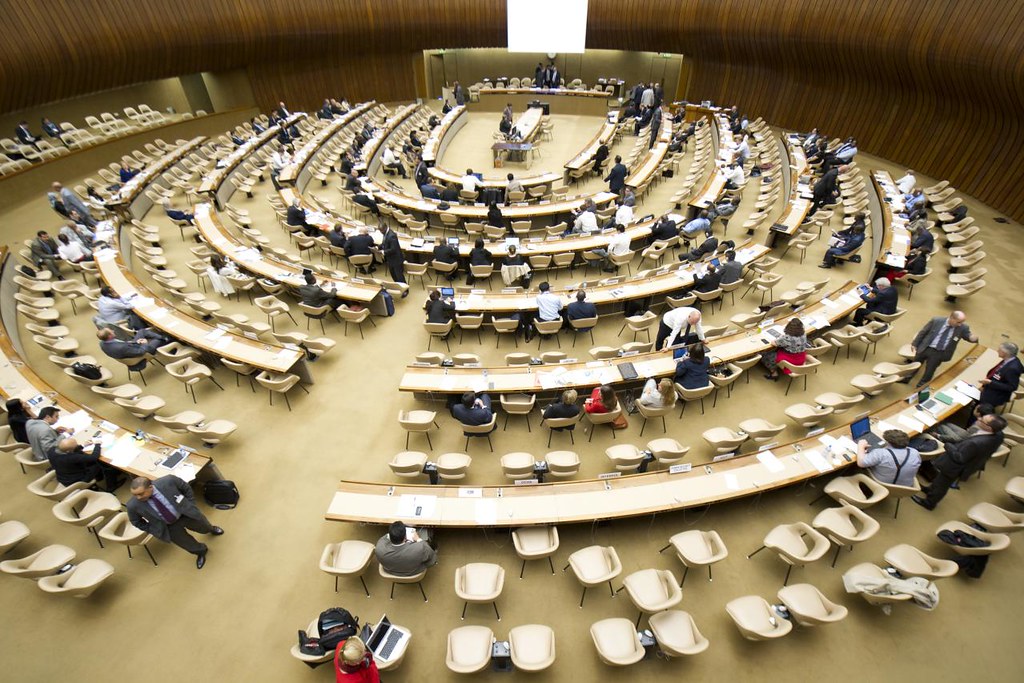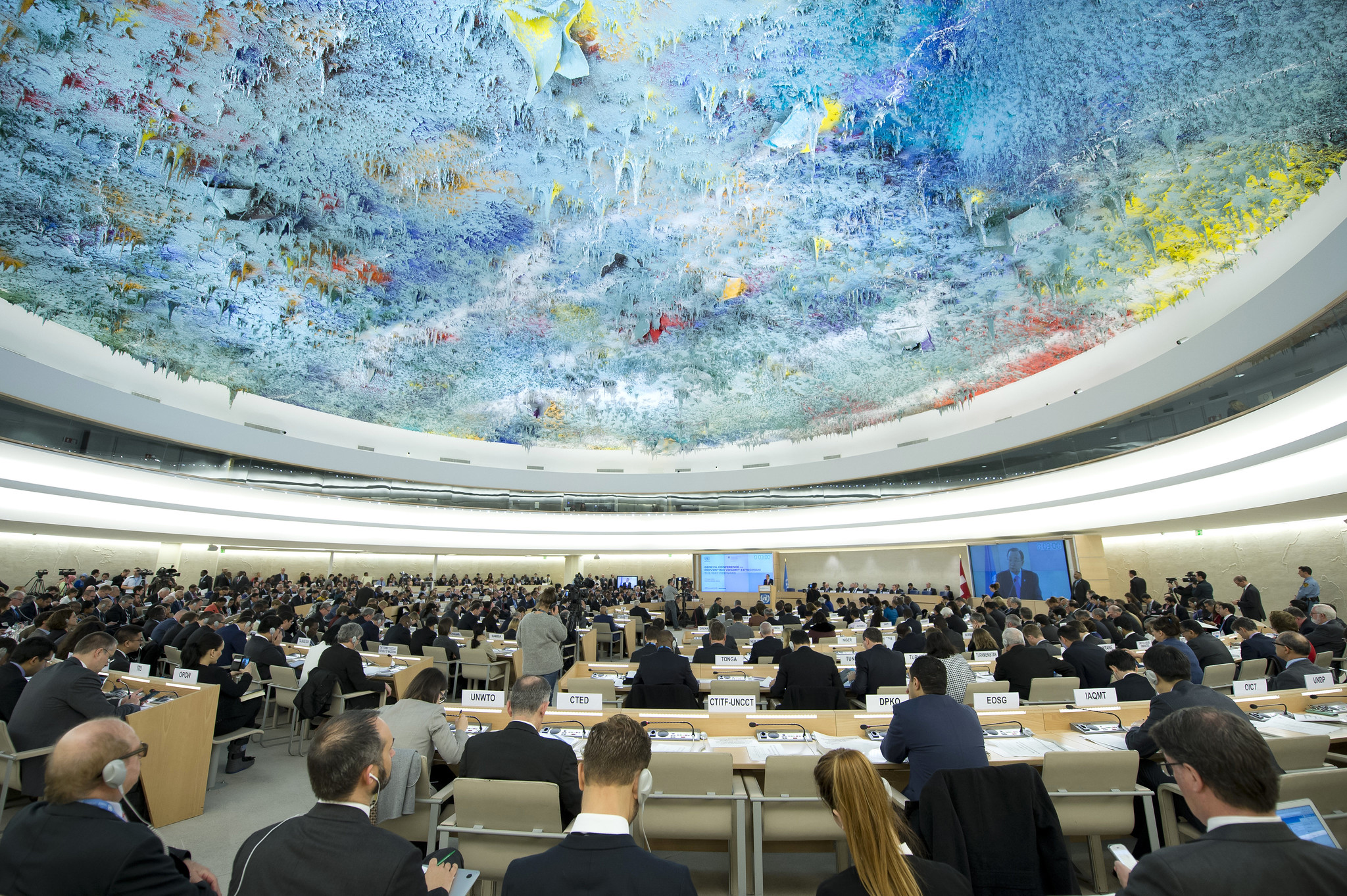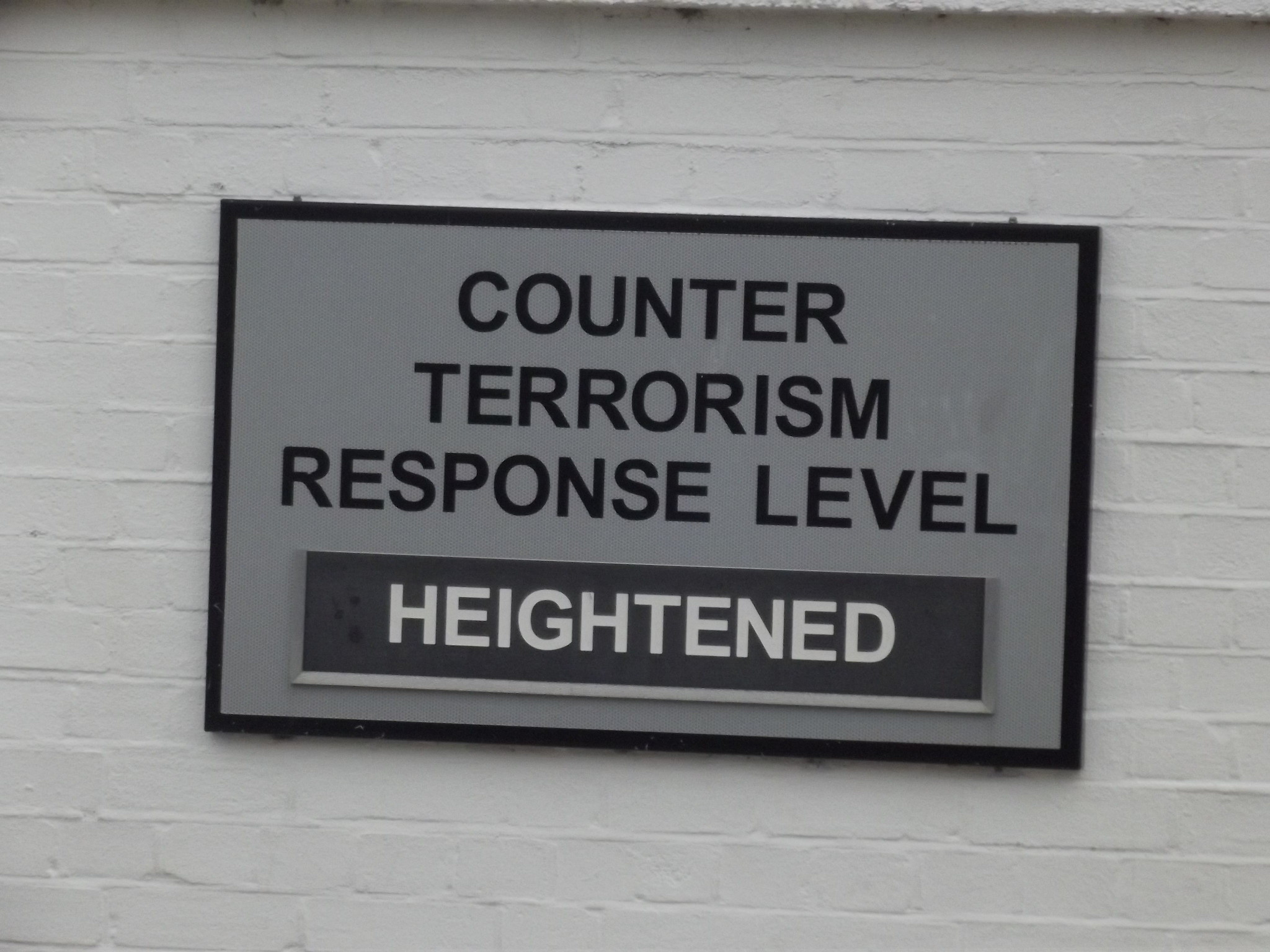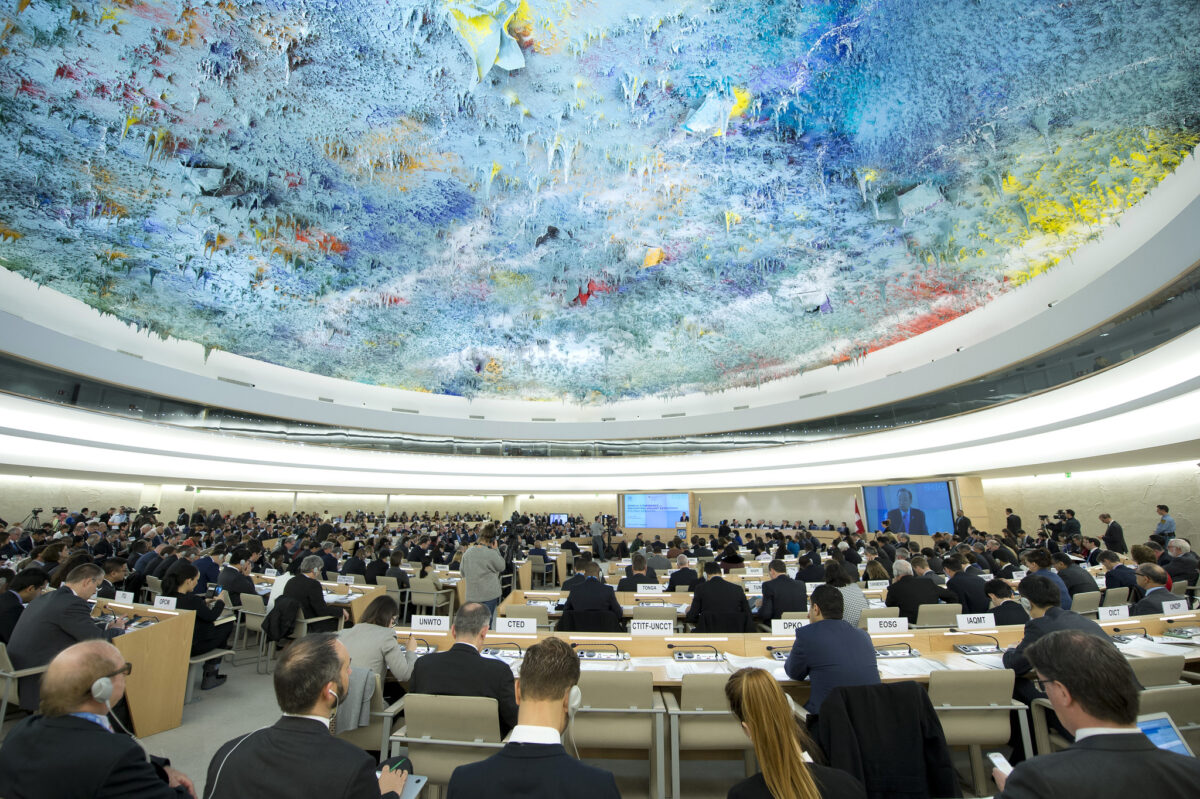In our continuing struggle to keep terrorism in check – despite its relative infrequency in most parts of the world and the evidence that fewer are killed in terrorist attacks every year lately it still dominates the news – we have developed a series of approaches.
Some are more obvious than others. Take security intelligence/law enforcement investigations, the sector I am most familiar with. Our job is to find out about (potential) terrorists, follow them, infiltrate their groups, gather intelligence/evidence and finally pounce on them before they act. No harm done.
Then there is the military angle, made much more prominent since 9/11. The primary focus in Afghanistan and Iraq was the use of lethal force against terrorist groups such as Al Qaeda (AQ) and later Islamic State (ISIS, an outgrowth of AQ in Iraq), a preference that only grew with the use of drone strikes (like the one which killed US-Yemeni jihadi Anwar Al Aulaqi – also spelled Awlaki – in 2011). This is likely in keeping, at least in part, with the widespread notion of a ‘war on terrorism‘: what better response to a war than an army/air force/navy?
In the mid-2000s, however, a third angle began to rise in popularity.
This kind of initiative was based on the premise that terrorists are made, not born, and that the process of becoming a terrorist was identifiable. The so-called ‘signs of radicalisation‘ (NB in the spirit of full disclosure my very first book, The Threat from Within: Recognising Al Qaeda-inspired radicalization and terrorism in the West, dealt with such indicators) were often overt and detectable. The premise was that identifying such signs early enough meant that individuals could receive some form of intervention (psychological, spiritual, etc.) in the hopes that they would be convinced to abandon the pathway they were on and eschew a life of terrorism.
These initiatives, most of which were called something along the lines of ‘preventing‘ or ‘countering‘ violent extremism (PVE, CVE or even PCVE), were sometimes government-led and at others the ideas of the private sector. They cropped up in many countries, mine (Canada) included, and some groups and individuals received dollops of cash to help design actual programmes or support research in the field. Perhaps the best known such effort is that of the UK, CONTEST (Countering Terrorism Strategy), which has four pillars:
Pursue: to stop terrorist attacks
Prevent: to stop people becoming terrorists or supporting terrorism
Protect: to strengthen our protection against a terrorist attack
Prepare: to mitigate the impact of a terrorist attack
For this thought piece I’d like to focus on the second element, Prevent, as it is most akin to what we understand as PCVE. Dating back to 2010, Prevent has received tens of thousands of ‘referrals’, cases of individuals passed on to the ‘Channel‘ programme, a panel of “safeguarding professionals who collectively assess the risk to a person and decide on a tailored package of support that can be offered to the person to help them move away from harmful activity“. All in all a very noble cause, no?
So, what is the track record like?
This is, in many ways, an unfair question and akin to asking a doctor how many cancers were prevented by good living habits. In short, we don’t know. What we do know, nevertheless, is that like those of us who worked in counter terrorism from a security intelligence/law enforcement perspective, those in PCVE are only as good as their last failure.
Take this line from a recent article in CapX: “There have been at least five terrorist attacks by extremists who have had contact with Prevent. Once is too many.” The piece goes on to say that the man who killed UK MP Sir David Amess went through the Prevent/Channel programmes. And he never abandoned his jihadi mindset. In other words, a PCVE failure led to a terrorist attack. And subsequent criticism over the whole idea of Prevent.
What does all this mean?
For the record, even if I did NOT work in PCVE, although I gave many presentations on Islamist terrorism to those who did, I like the idea…in theory. I believe that any effort to dissuade someone from continuing on a pathway to terrorism is a good effort. Besides, it takes casework away from security intelligence/law enforcement officers who already have way too much on their plates.
But here is the problem. If a given individual is referred to these programmes it does not imply that s/he should not still be subject to investigation by security intelligence/law enforcement: the two are not mutually exclusive. I’d imagine there are those in PCVE who would recoil at having spooks and cops follow someone also subject to such intervention approaches, a sign of bad faith as it were. But we in CT cannot down tools on a potential threat just to give PCVE the time to work its own magic in steering someone off the bad path. We cannot afford to miss weeks or months of investigation only to have these cases dumped back on us once it is determined that the prevent strategy is having little effect. That gap in our intelligence would be detrimental to our ability to stop an attack from occurring.
Neither should ANYONE claim that prevent initiatives are 100% effective. No one really knows what lurks in the deeper recesses of our minds (or in the minds of terrorists) and it is highly possible – perhaps even probable in the cases of those who have already swam in terrorist ideological waters – for even those who have completed such programmes to re-engage at some (near or more distant) point. The Fishmonger’s Hall attack in London in 2019 was a terrible reminder of a worst case scenario (in fairness, the terrorist in question, Usman Khan, was not really a Channel graduate but rather a known terrorist whom the probation service nonetheless assessed as ‘cured’).
In the end counter terrorism should always have multiple arms ranging from early intervention to drone strikes and everything in between. None of these are perfect – how many times have we heard that the killing of a terrorist in an airstrike merely spawns more terrorists? – and no one should pretend they are.
In the case of prevent-type approaches those in charge need to establish and build close ties with security intelligence and law enforcement and not see them as counter productive. Many do as I am led to understand. This is good. We all have a stake in preventing terrorism, regardless of our particular role.
PS Just as I was finishing up this piece I came across an item in the UK Daily Mail that, if true, speaks volumes about the political interference in PCVE. Several Brits have alleged that the Prevent programme has moved from predominantly Islamist extremism to right-wing extremism (RWE) ‘in order not to come across as ‘Islamophobic‘. Huh?? Given that jihadis carry out 99%+ of all terrorist attacks worldwide shouldn’t THAT be THE sole criterion for deciding to where to focus PCVE efforts?? What we don’t need is for woke/cancel culture to start dictating CT and PCVE efforts. And I fear it already is.
PPS In a similar vein, teachers in Scotland are being trained to identify signs of the extremist ‘incel’ movement. Really?? Are ‘violent incels‘ that important? Not to my mind they are not.
Read More about Counter-Terrorism

How woke and cancel culture undermine CT understanding
Hey Canada! Resorting to generic, meaningless terminology to describe terrorism is inaccurate, unhelpful and deters from broader understanding.

Do ‘Prevent’ type CT programmes really work?
We have been ‘doing’ preventative work in the terrorism sphere for a few decades: is it time for a rethink?

Why bother doing CT ops if terrorists walk free?
How far should intelligence and law enforcement agencies go in investigating terrorist threats?

